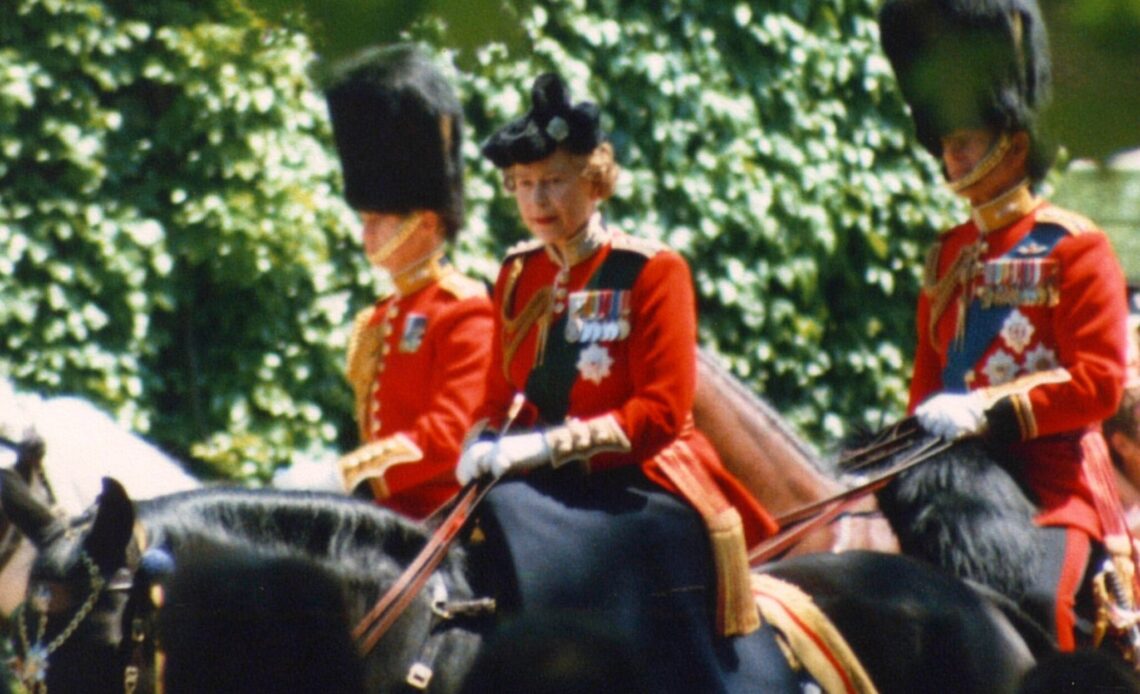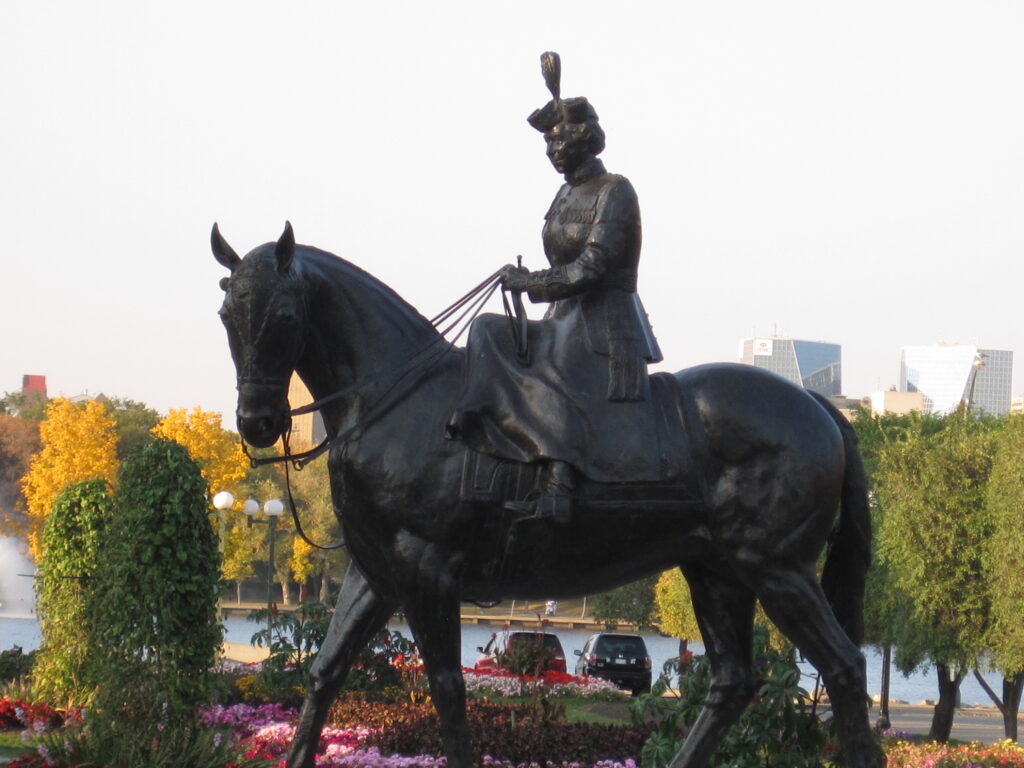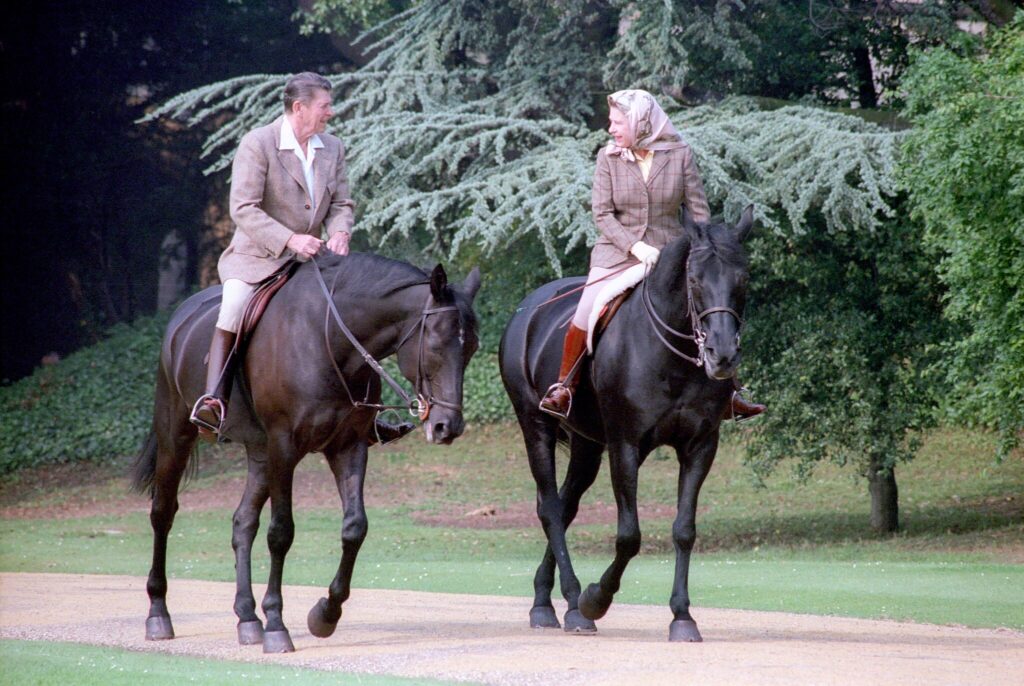
For decades, Queen Elizabeth II rode at Trooping the Colour and for many of those years, her choice of horse was simple. Trooping the Colour meant another appearance of Burmese, the striking mare presented to her by the Canadian Mounted Police. And their bond was so strong that one of the most famous statues of Elizabeth II shows her with Burmese.
There’s a good reason for that. It was Burmese who was carrying Queen Elizabeth II on one of the most shocking days in her reign. On June 13 1981, The Queen was riding at the front of the spectacular parade at Trooping when six shots rang through the air. Burmese was briefly startled but Elizabeth II’s expert skills and the outstanding training given to the horse meant the situation calmed almost immediately. The Royal Family later praised Burmese for her role in keeping The Queen safe.

The moment became etched in public memory. The shots turned out to be blanks but the incident raised big questions around the safety of the Monarch at such big events. Queen Elizabeth II carried on as ever and next year rode out in confidence, again on Burmese.
Queen Elizabeth II received Burmese as a gift from the Royal Canadian Mounted Police in 1969, marking the beginning of a remarkable partnership. This mare was chosen specifically for her striking appearance and gentle temperament.
The acquisition of Burmese represented a symbolic connection between the Monarchy and Canada, showcasing the ties between the two.
From her arrival at Windsor Castle, she quickly developed a strong bond with Queen Elizabeth II The choice of Burmese was significant and had been made with participation in ceremonial events in mind.
Furthermore, the significance of Burmese transcended personal enjoyment; it contributed to the cultural narrative of the Monarchy. The public’s fascination with the Queen and her horses highlighted the softer side of royal life, providing a glimpse into her passions outside of her official duties.
Burmese became a symbol of the Queen’s dedication to her equestrian pursuits, fostering a deep sense of connection with the public and enhancing the Monarchy’s image as approachable and relatable.

Burmese retired from public life in 1986 and her departure brought about another huge change for the Monarchy. Queen Elizabeth II decided she would no longer ride at Trooping the Colour and from 1987 she arrived at Horse Guards Parade by carriage and took the salute from a dais in the grounds.
Her beloved horse retired and enjoyed a quiet life at Windsor where she roamed the Great Park and was often visited by her devoted owner. Burmese died in 1990 but was never forgotten. Queen Elizabeth II was once asked the name of her favourite horse. She had owned many in her long life but her answer was quick and simple. It was Burmese.
There will be full coverage of Trooping the Colour on Royal Central.

